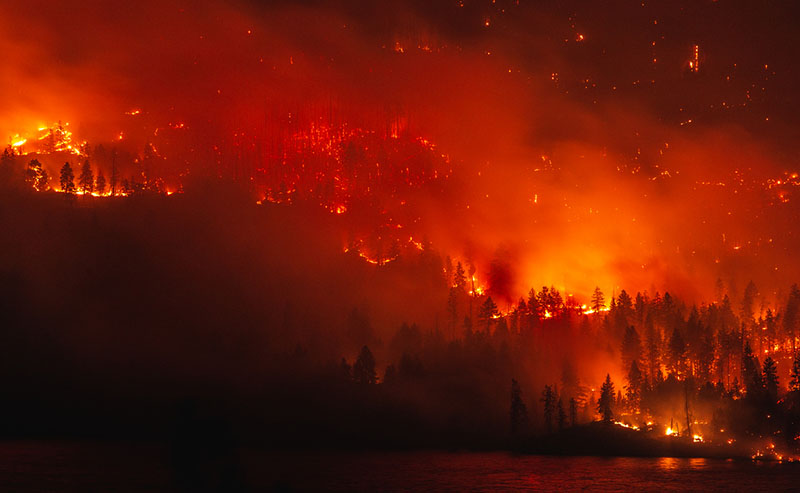It was around this same time last year when the Federal Emergency Management Agency (FEMA) first started talking about its new Hazard Mitigation Grant Program (HMGP) Post Fire funding assistance. As you may recall, it was offered as an expedited and flexible means for communities to recover and protect themselves from wildfires or other natural disasters. Given the number of fires reported in 2018 (58,083 according to the National Interagency Fire Center), the assistance couldn’t have come at a better time. Now, FEMA has apparently upped its game by making these funds available absent a major disaster declaration. (Typically, HMGP funding is only available following Presidential major disaster declarations.)
The new post fire program is part of the Agency’s implementation of the Disaster Recovery Reform Act (DRRA) of 2018. Section 1204 of the DRRA amended Sections 404 and Section 420 of the Stafford Act, and allows FEMA to provide HMGP Post Fire assistance to any area that received a Fire Management Assistance grant (FMAG) declaration under Section 420 on or after October 5, 2018. Among the latest to receive an FMAG declaration is the State of Alaska, for the Shovel Creek Fire burning in the Fairbanks North Star Borough.
In recent fiscal years, HMGP funds were provided for these post-fire events on a temporary basis; the amended Section 404 (and 420) now permits permanent funding under HMGP.
Per FEMA, the amount of funding available to recipients will be determined by the type of hazard mitigation plan, i.e., standard or enhanced, approved for each state, territory, or tribe, and the number of FMAG declarations recipients receive during a fiscal year (Oct 1-Sept 30). Federally-recognized tribes may apply as recipients if they have burned land from the FMAG-declared event. Project funding is prioritized based on project type and location.
Here are just a few examples of wildfire mitigation project types suggested by FEMA:
- Defensible space measures: The creation of perimeters around residential and non-residential buildings and structures through the removal or reduction of flammable vegetation.
- Ignition-resistant construction: The application of non-combustible building envelop assemblies, the use of ignition-resistant materials, and the use of proper retrofit techniques in new and existing structures.
- Hazardous fuels reduction: Vegetation management to reduce hazardous fuels, vegetation thinning, and the reduction of flammable materials to protect life and property beyond defensible space perimeters but proximate to at-risk structures.
As evidenced by past events, wildfires pose serious risk to life and property. Take California’s Camp Fire as a worst-case example. It killed 85 people, destroyed nearly 19,000 structures, and left the City of Paradise, California in absolute ruins. But wildfires don’t have to be nearly that large or destructive to wreak havoc and send damage costs soaring.
Losses from wildfires added up to $5.1 billion over the past 10 years according to the Insurance Information Institute, Inc. All the more reason to mitigate, mitigate and mitigate. Take this opportunity to read more about the Hazard Mitigation Grant Program Post Fire Program, and how it can benefit your community going forward.






